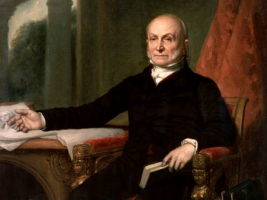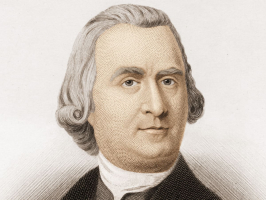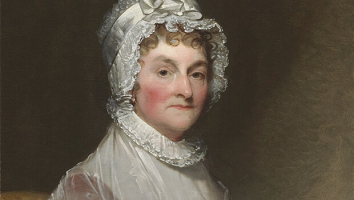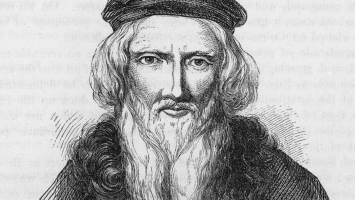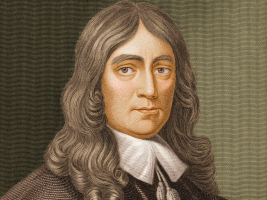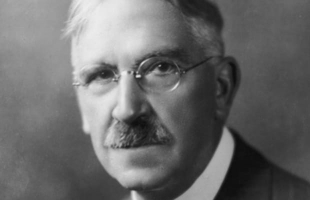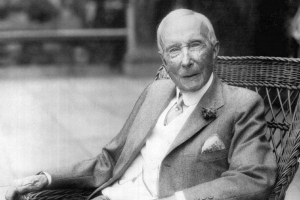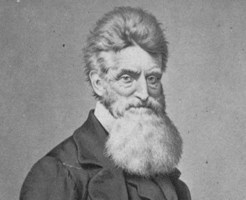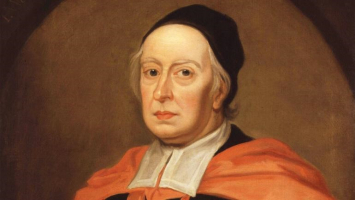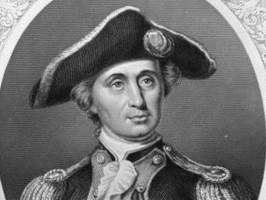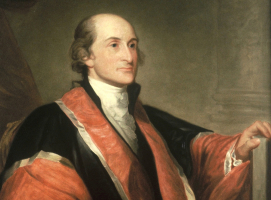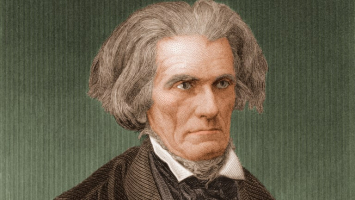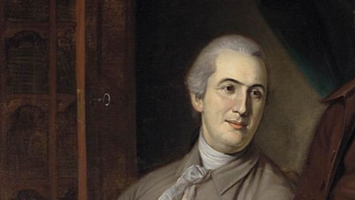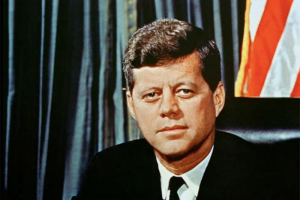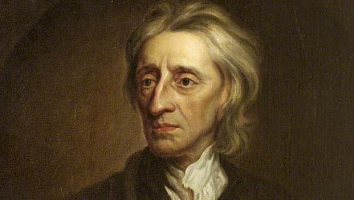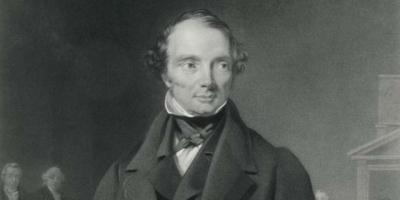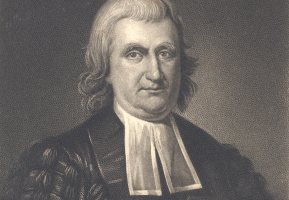Top 9 Interesting Facts about John Adams
John Adams (October 30, 1735–July 4, 1826) was the second president of the United States. Although often eclipsed by Washington and Jefferson, Adams was a ... read more...visionary who saw the importance of uniting Virginia, Massachusetts, and the rest of the colonies in a single cause. Here are 9 key and interesting facts to know about John Adams.
-
The Alien and Sedition Act of 1798 "increased the residency requirement for American citizenship from five to fourteen years, authorized the president to imprison or deport aliens considered to be 'dangerous to the peace and safety of the United States,' and restricted speech critical of the government," according to the Library of Congress. The Democratic-Republican Party was intended to be silenced and undermined by these laws. The Democratic-Republican win in the 1800 elections was aided by opposition to the Sedition and Alien Acts.
Even though his detractors feared he would, Adams never deported anyone in accordance with the law. Nevertheless, many people were charged under the legislation for expressing opinions that were unfavorable of the president and the administration. Among them was James Callender, who criticized Adams in several works (these became his book The Prospect Before Us). He referred to Adams as a vile hypocrite and a "repulsive pedant." In 1800 and 1801, the Sedition Act as well as the Alien Friends Act came to an end.
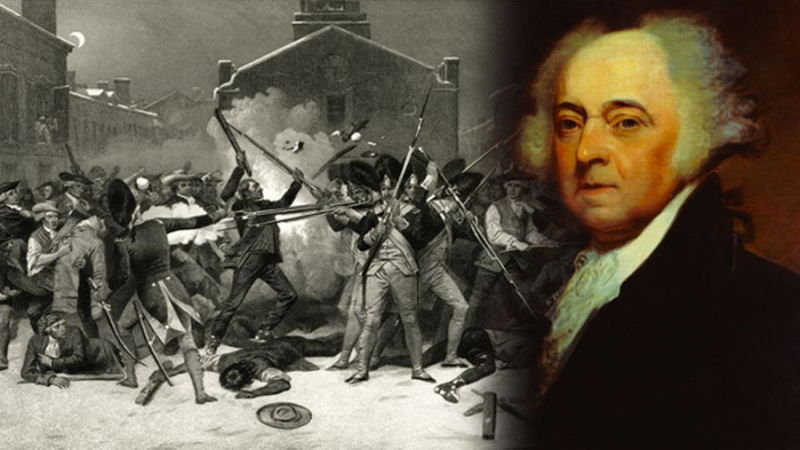
Source: stream.org 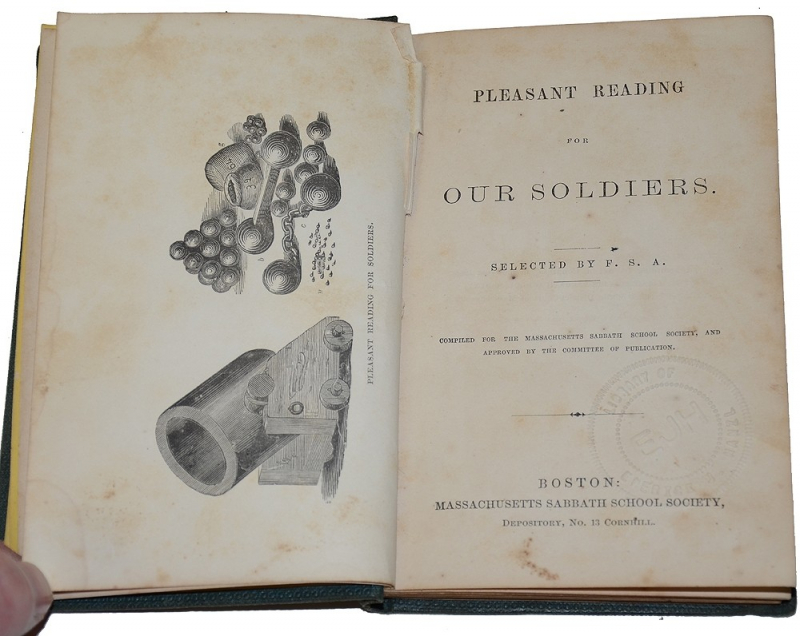
Source: horsesoldier.com -
John Adams was sometimes accused of lacking Whiggish passion despite having strong patriotic ideas and refusing to express them on any terms other than his own. However, on the night before the shooting—the "Boston Massacre," as Sam Adams didn't waste any time calling it—his heart and head were on the same side of the argument. He had seen the public's outpouring of sadness and rage at the end of February following the death of a youngster who had been shot and killed by a customs official during a set-to outside the official's home. Adams was inspired by the scene to create a radically new idea: "There are many more Lives to spend if wanted in the Service of their Country."
Adams, a conscientious lawyer, believed in the supremacy of the law, even if he joined the Sons of Liberty in protesting what they saw as unfair taxation by the British government. Adams offered to represent the nine British soldiers accused of manslaughter after the Boston Massacre in March 1770 resulted in the deaths of five Americans to ensure they received a fair trial. Seven defendants, including the British commander in charge, Captain Thomas Preston, were unexpectedly exonerated after Adams argued that the troops fired in self-defense against "a motley mob." The two soldiers who were found guilty of manslaughter received branding on their thumbs but did not receive jail time.
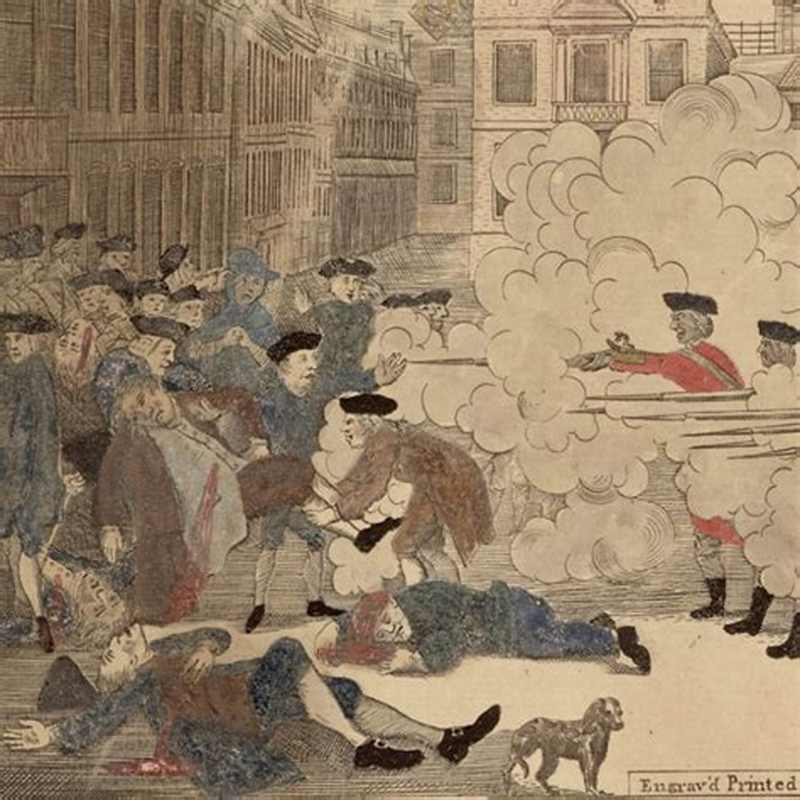
Source: americanrevolutioninstitute.org 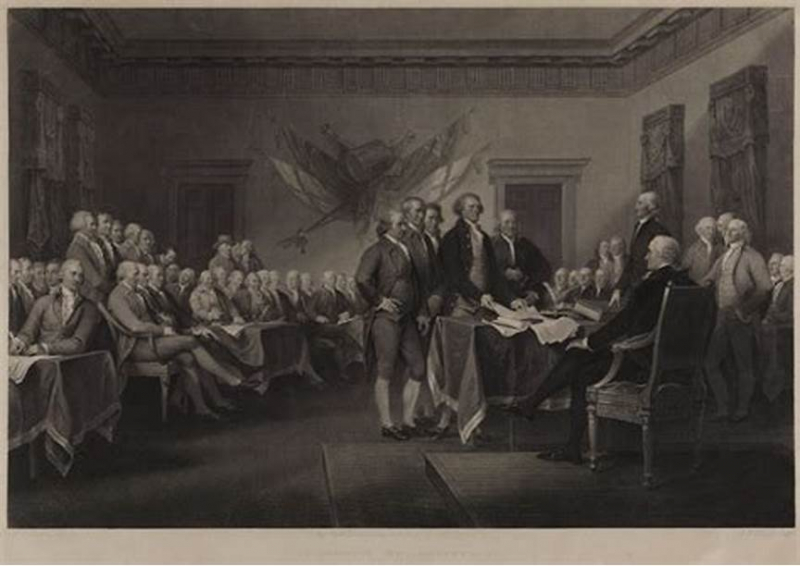
Source: pafa.org -
Every U.S. President since John Adams has resided at the 1600 Pennsylvania Avenue NW building in Washington, D.C., which was constructed between 1792 and 1800 from white-painted Aquia sandstone in the late Georgian style. James Hoban, an Irishman, created the design. When Thomas Jefferson moved into the house in 1801, he enlarged it outward with the help of architect Benjamin Henry Latrobe, constructing two colonnades that were intended to hide stables and stores. John Adams moved into the residence for the first time on Saturday, November 1, 1800. Adams penned a letter to his wife Abigail on his second day in the residence that included a prayer for the property.
On June 3, 1800, President Adams traveled from Philadelphia to Washington, D.C., where the new nation's capital was still very much under construction. Adams was compelled to live in temporary quarters at Tunnicliffe's City Hotel since the President's House, eventually known as the White House, was still far from being finished. The White House still smelled of wet plaster and paint fumes when the president eventually moved there on November 1, 1800. Every room had a roaring fireplace to keep warm and dry, and the first lady hung the president's washing in the East Room's unplastered walls. Adams only occupied the White House for a little over four months after losing the 1800 election.
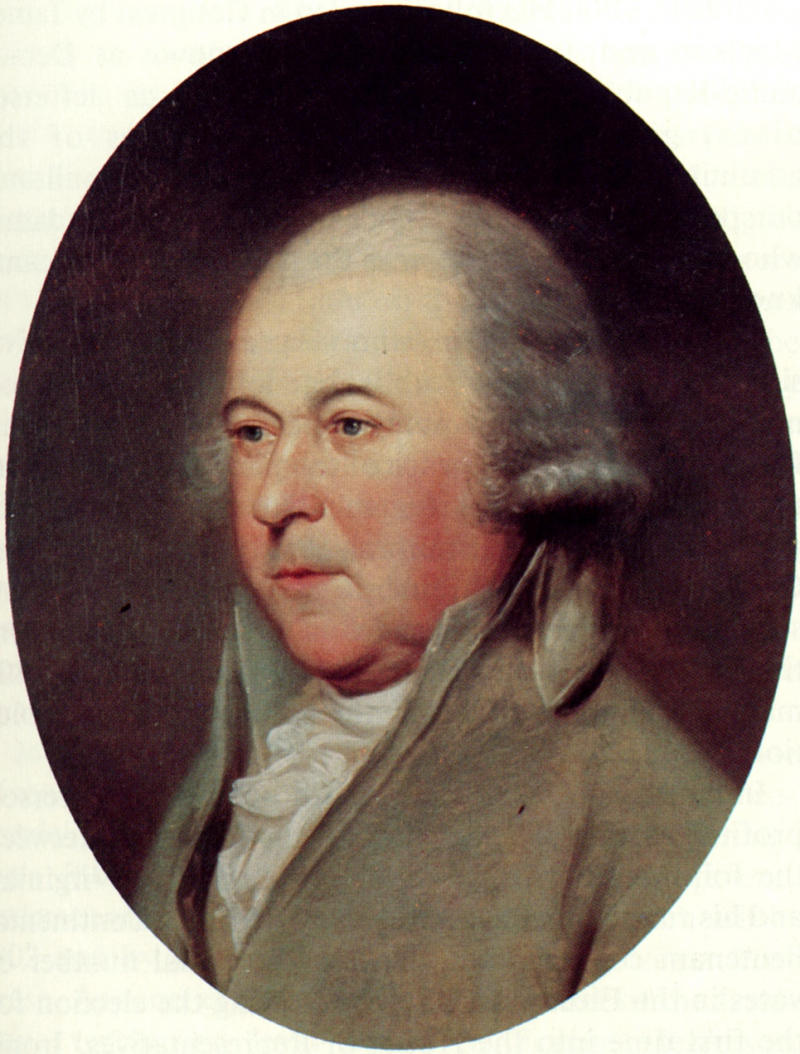
Source: blogspot.com 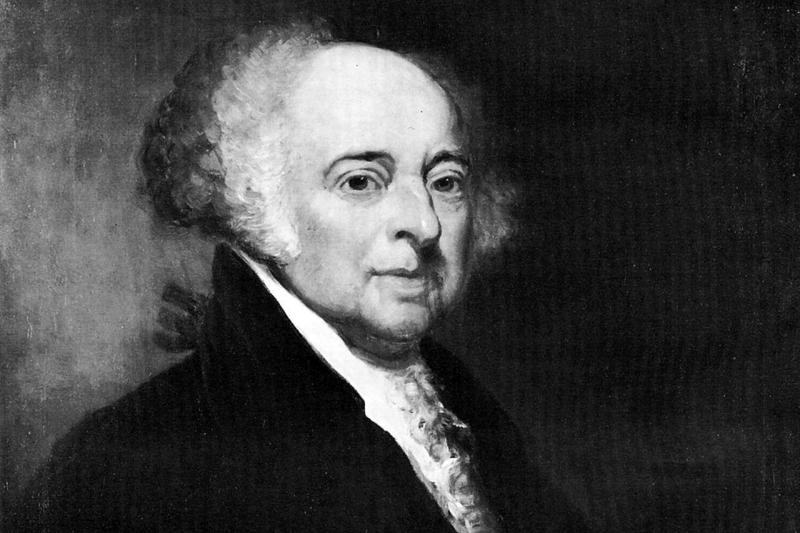
Source: ThoughtCo -
The mudslinging that took place in the 1800 presidential contest between Adams and the vice president in office, Thomas Jefferson, was far worse than what goes on now. The dispute proceeded beyond ideological differences to personal insults, despite the fact that the Federalist Adams supported a powerful central government and the Democratic-Republican Jefferson supported state autonomy. Jefferson funded the campaign misinformation that claimed Adams was a "hideous hermaphroditical character" who smuggled prostitutes into the nation from England.
Intended to marry one of his kids to a daughter of King George III in order to create a royal bloodline in his family. Jefferson was derided by the president's supporters as a coward, a French radical, and an unbeliever who would steal the nation's bibles and permit "the refuse of Europe" to flood American shores. Abigail Adams lamented that the campaign had produced enough venom to “ruin and corrupt the minds and morals of the best people in the world.”
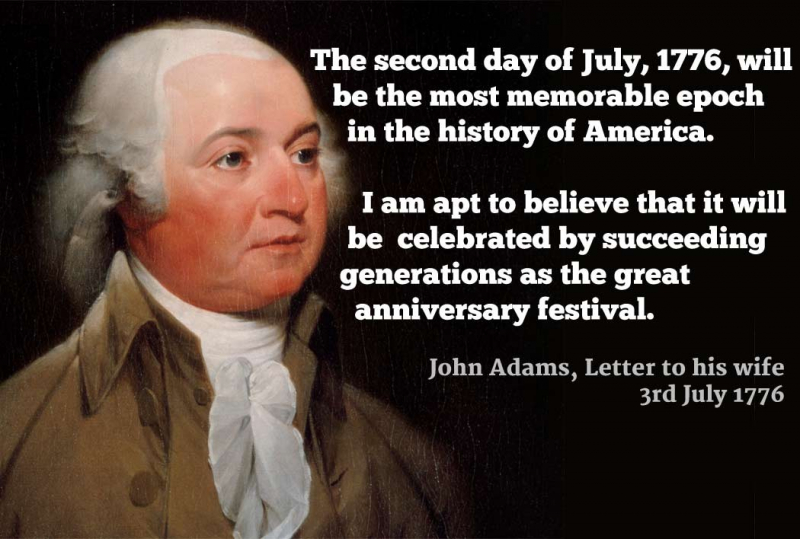
Source: picturequotes.com 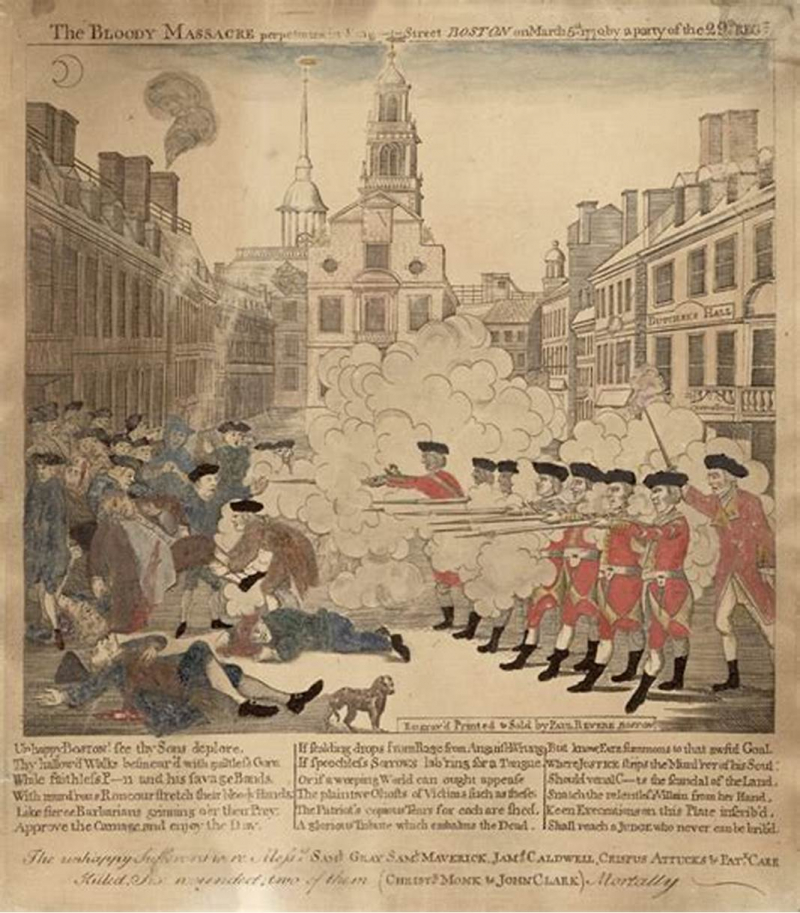
Source: americanrevolutioninstitute.org -
Adams wrote a text of a national day of humiliation, fasting, and prayer issued by President John Adams as printed in the Columbian Centinel, April 4, 1798. This proclamation was issued on March 23, 1798 declaring May 9, 1798 the day of fasting for the nation. While this is not a Thanksgiving Day proclamation, it is still a great reminder of the need for prayer and God’s blessing in our daily life. Adams issued presidential proclamations in 1798 and 1799 urging the establishment of national days of "solemn humiliation, fasting, and prayer."
Adams stated, "The National Fast, urged by me, turned me out of office," in a letter to Dr. Benjamin Rush from 1812. Adams claimed in the letter that "nothing is more dreaded than the national government meddling with religion." He also thought that his proposal for a fast day had been misinterpreted as endorsing the Presbyterian Church (of which Adams was not a member), leading to an electoral reaction. It may sound absurd to attribute failure to a proclamation, but as David McCullough noted in his Adams biography, a swing of just 250 votes in New York City would have produced victory.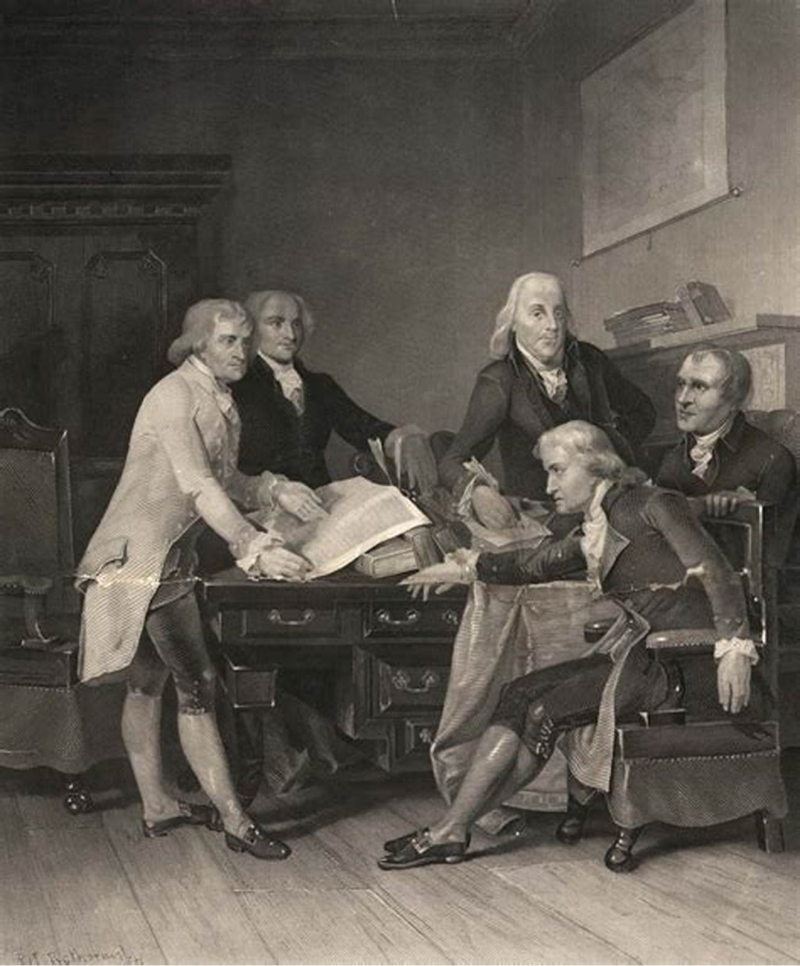
Source: Britannica 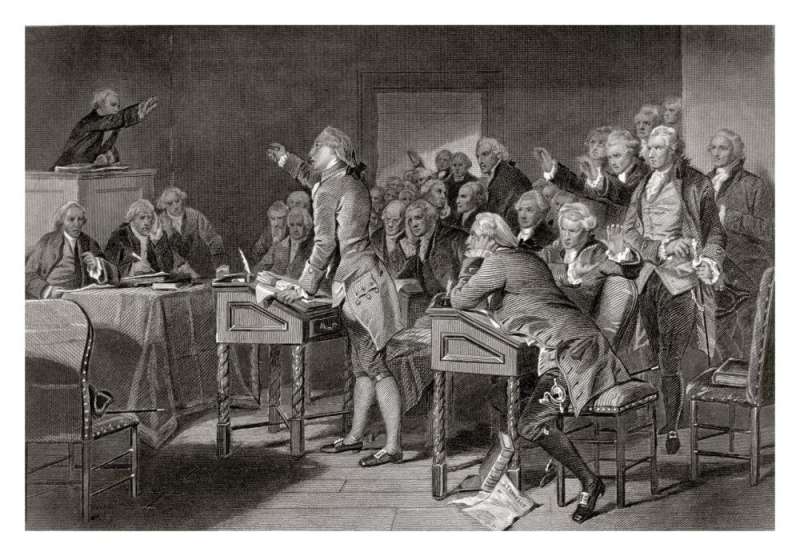
Source: eBay -
After George Washington's 1789 inauguration, Congress spent weeks debating how to address him. Adams, who served as vice president and presided over the Senate, believed that the position needed a lofty title to convey authority comparable to that of European regal courts. Washington should be addressed as "His Majesty the President" or "His Highness, the President of the United States of America, and Protector of the Same," he mocked, claiming that fire departments and cricket clubs only had "presidents."
John Adams wanted the nation's top leader called "His Most Benign Highness" while Benjamin Franklin favored "His Mightiness." The Senate, in all its wisdom, favored "His Highness, the President of the United States of America and Protector of the Rights of the Same" (the Senate always has been very long-winded). The House proposal of a simple "President" prevailed, saving us all from the stirring notes of "Hail to His Highness, the President of the United States of America and Protector of the Rights of the Same." Congress decided that Washington's title should be "The President of the United States" because many Americans who had recently overthrown a king found the titles to be overly regal. Opponents of the plump Adams seized on his titular suggestions to mock him as “His Rotundity.”
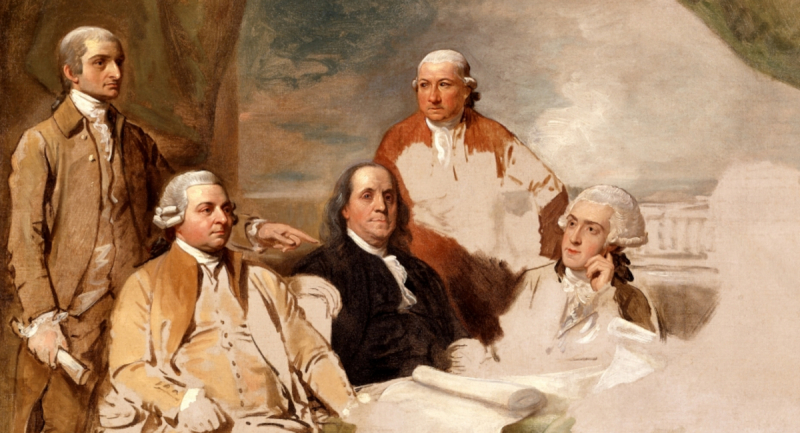
Source: newimagefree.netlify.app 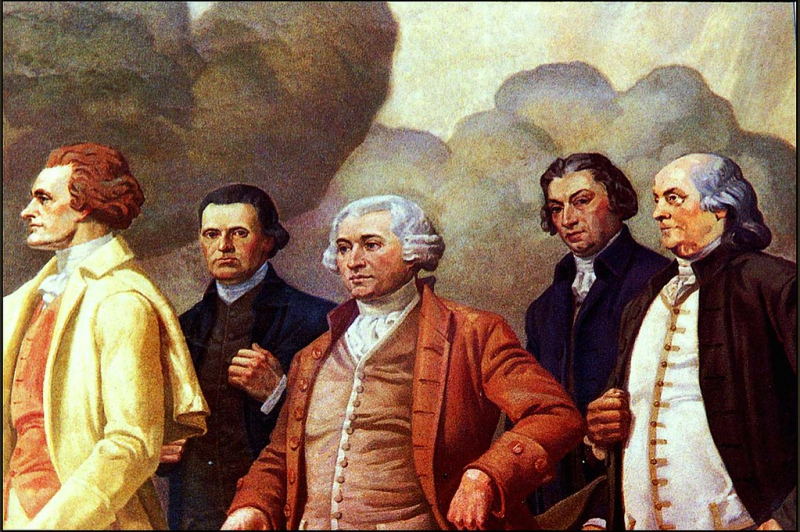
Source: Flickr -
The last remaining members of the original American revolutionaries—those who had opposed the British empire and established a new political order in the former colonies—were Thomas Jefferson and John Adams. While they shared a commitment to democracy and the pursuit of pleasure, their views on how to make these principles a reality changed with time. Adams and Jefferson, once fellow patriots and then fierce competitors, rekindled their friendship after leaving the White House.
Perhaps appropriately, the two men who signed the Declaration of Independence passed away exactly 50 years apart on July 4, 1826. Thomas Jefferson lives, the 90-year-old Adams said as he lay dying. The opposite was true. The 83-year-old Jefferson had passed away at Monticello five hours earlier. Only one signatory of the Declaration of Independence was still alive after the passing of Adams and Jefferson: Charles Carroll.
Here is one of explainations for this: As the news of the two deaths reached the public, the same-day demise was widely interpreted as a matter of divine intervention. John Quincy Adams, John Adams’s son and by then himself president, wrote in his diary the night he heard the news that the fact that his father and Jefferson had died on the same day and that it was the 4th of July could not have been a mere coincidence but was a “visible and palpable” manifestation of “Divine favor.”1 In Baltimore, Samuel Smith delivered a eulogy that attributed the timing of Adams’s and Jefferson’s deaths to an “All-seeing Providence, as a mark of approbation of their well spent lives . . . .”2 In Boston, Daniel Webster delivered a two-hour eulogy in Faneuil Hall, insisting that the fact that the deaths had occurred on the nation’s 50th birthday was “proof” from on high “that our country, and its benefactors, are objects of His care.”3
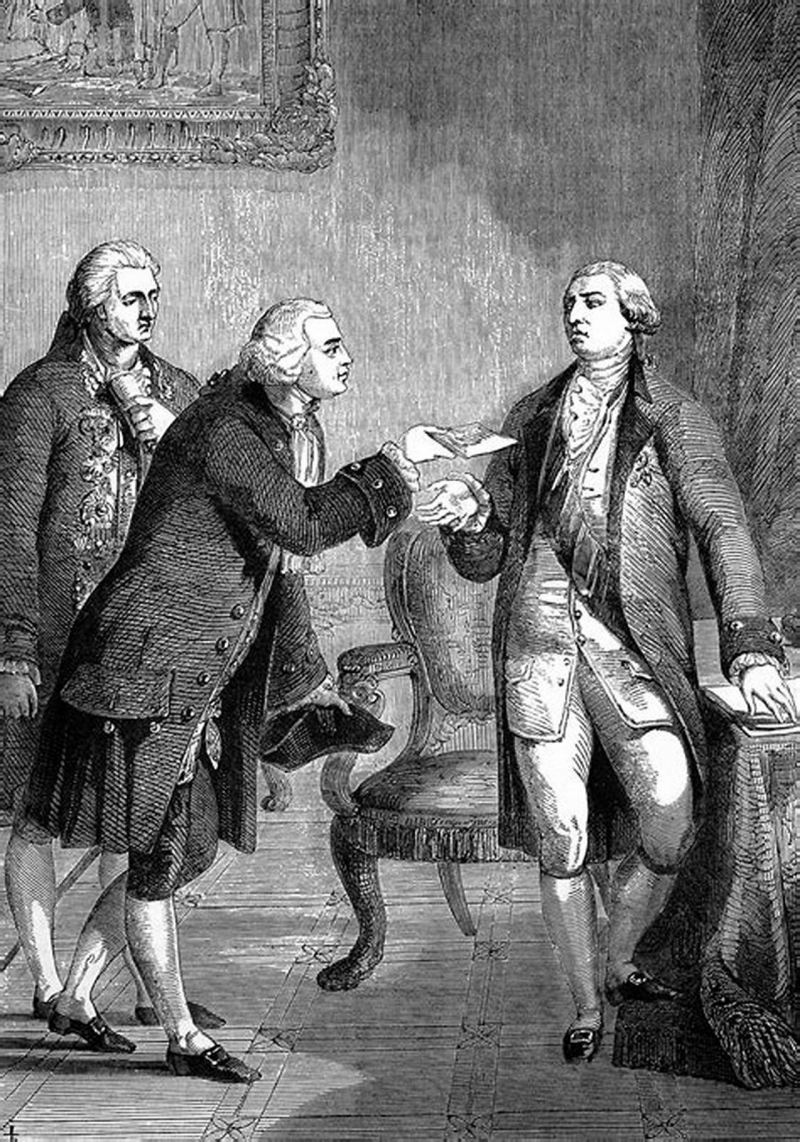
Source: Britannica 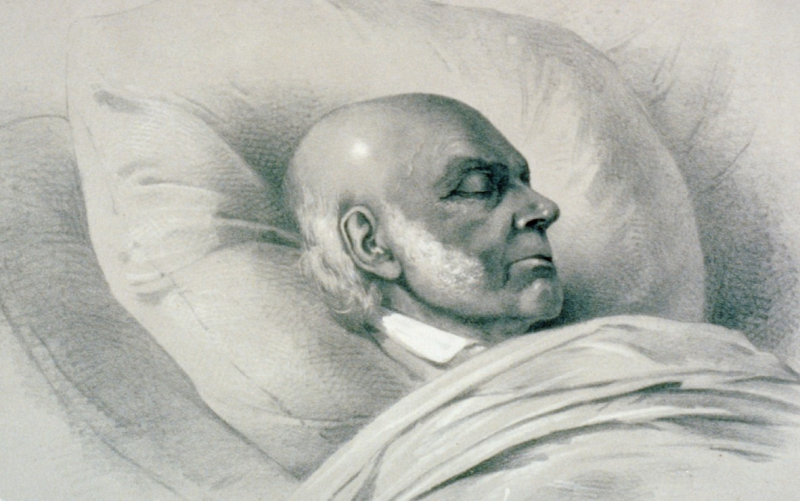
Source: PBS -
French ships were frequently bothering American ships at sea while Adams served as president. Adams sent ministers to France in an effort to halt this. The Federalist Party, led by Alexander Hamilton, utilized these events to rally American voters against France, and John Adams wished to prevent a full-scale war with France in opposition to them. The XYZ incident had a major impact on domestic politics since it was a tool for the opposition. They were rejected, though, and the French instead sent a note requesting a $250,000 payment in exchange for a meeting.
Adams requested more military funding from Congress in an effort to prevent war, but his opponents stopped him. By inserting the letters XYZ in place of the French signatures, Adams published the French letter requesting the bribe. The Democratic-Republicans were persuaded by this to change their opinions. Adams made one more attempt to meet with France, and they were able to keep the peace out of fear that a public uproar following the publishing of the letters would push America closer to war.
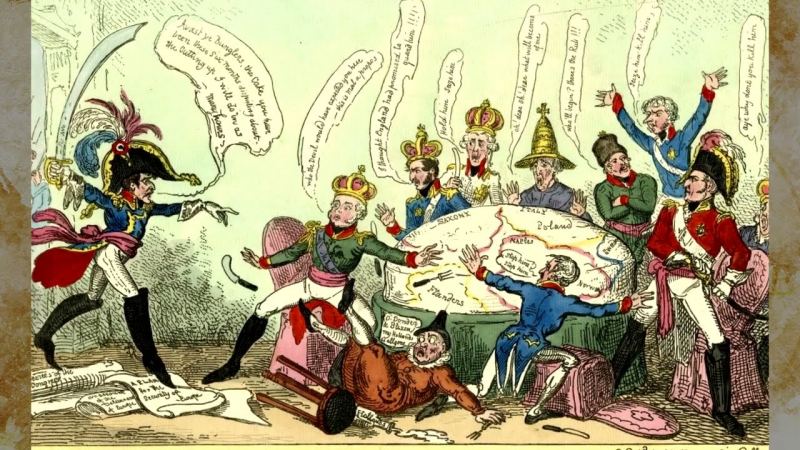
Source: youtube.com 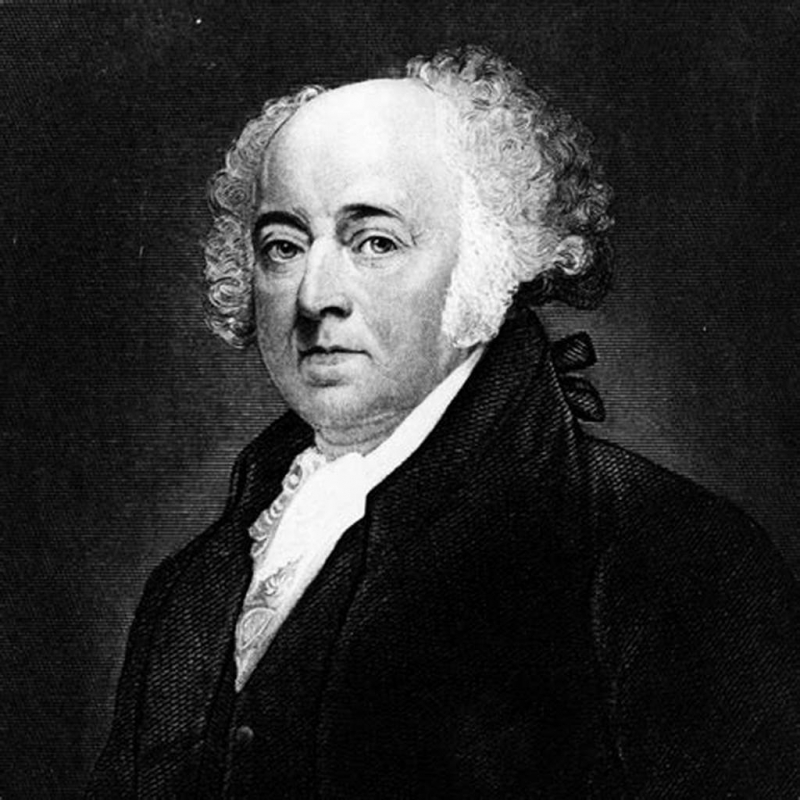
Source: themightyoakes.com -
John Adams and his son John Quincy left for France on December 22, 1778. They were scheduled to travel on the Boston, a frigate commanded by Captain Samuel Tucker. To assure John and his son's safe departure, Captain Tucker was given particular instructions. Tucker would be forced to avoid battle at all costs if he did this because Adams' part in brokering an alliance with France was too crucial to ignore. They had a difficult journey, suffered bad weather along the way, and even engaged in combat with the British cruiser Martha, for which John Adams gave his approval. Adams ultimately made it to France via Bordeaux on April 1, 1778. When he got there, he had dinner with Dr. Noel, a French doctor Adams had grown fond of while serving on the Boston, aboard a French vessel just off the coast.
Adams was thrilled with the friendliness of the French because it was his first encounter with them. They dined in the captain's cabin, which was "as clean as any gentleman's mansion." John Adams understood through Dr. Noel's interpretation that the alliance between France and the United States was already assured as a result of General Gage's victory at Saratoga. Before Adams sailed for France, on February 6, 1778, the agreement had been signed. Before he ever arrived in continental Europe, his goal of negotiating an alliance with the French was achieved. During the second trip he helped create the Treaty of Paris with Benjamin Franklin and John Jay which ended the American Revolution.
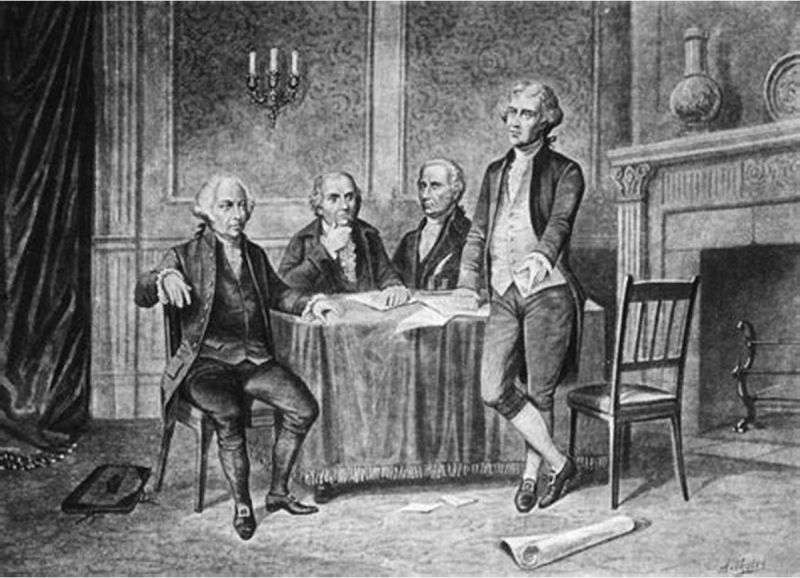
Source: thedocumentbeys.com 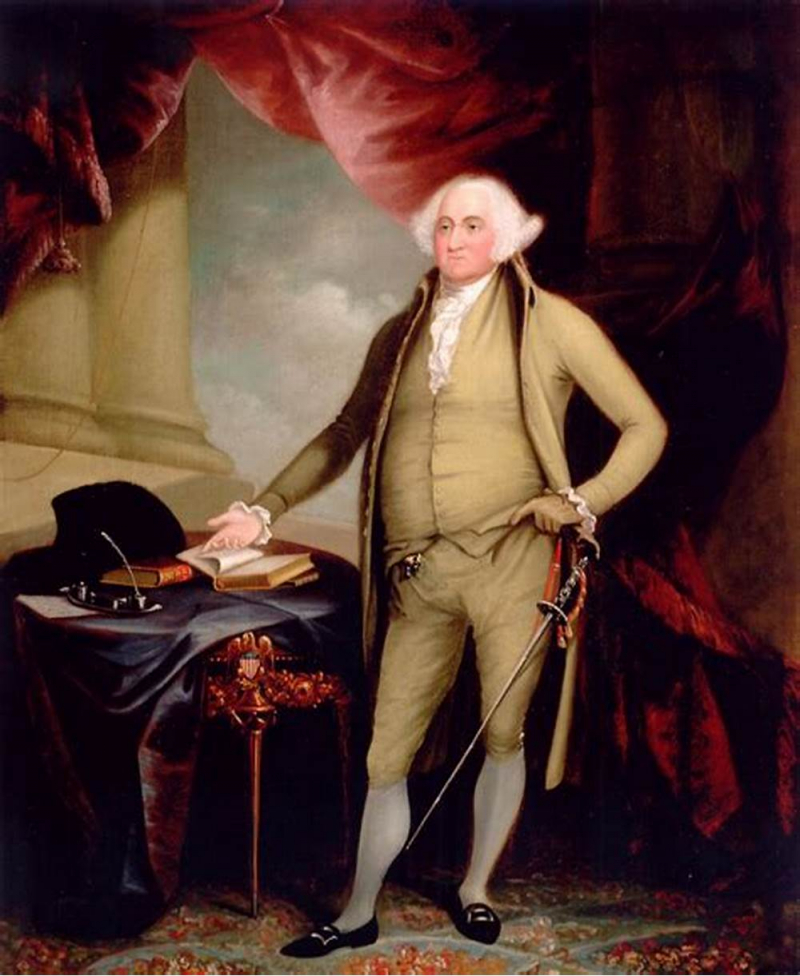
Source: Medium











